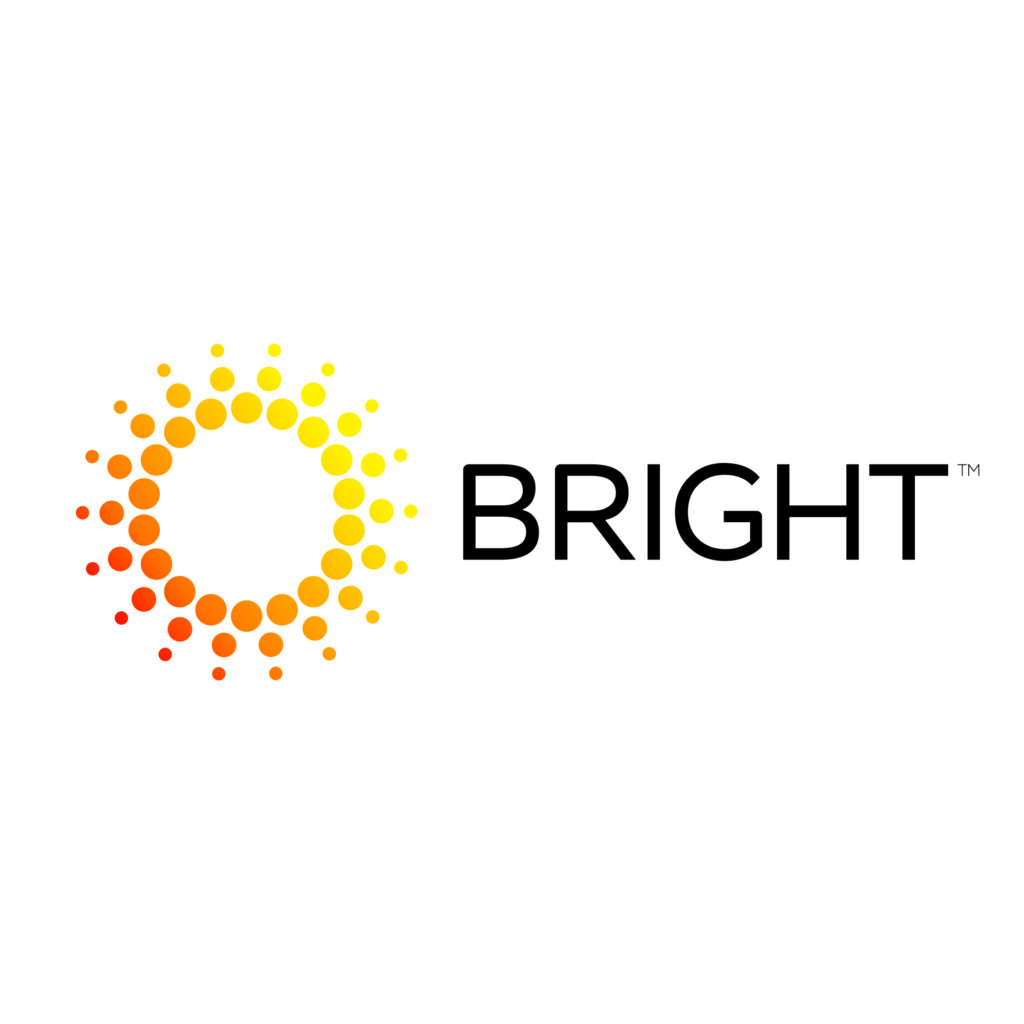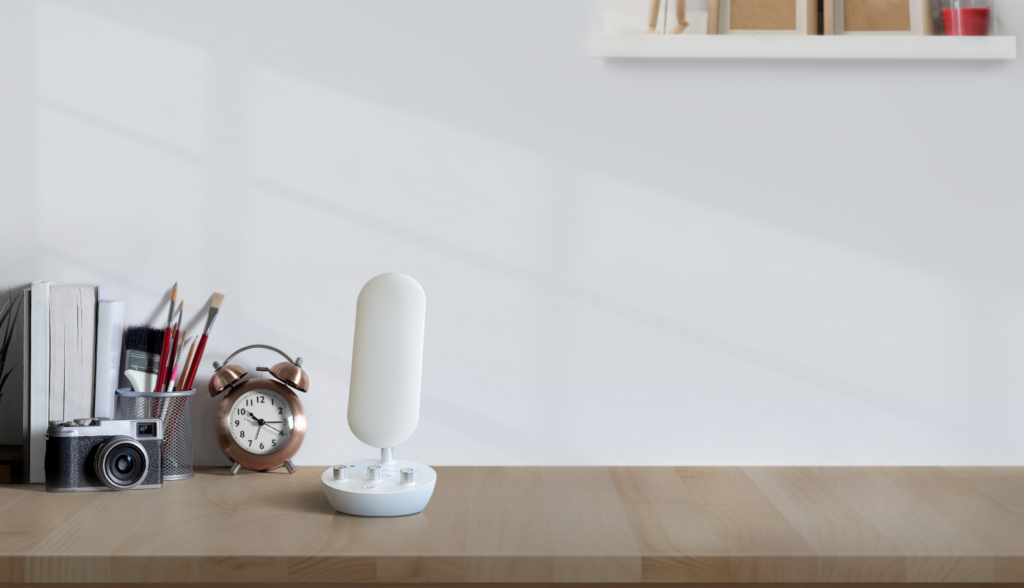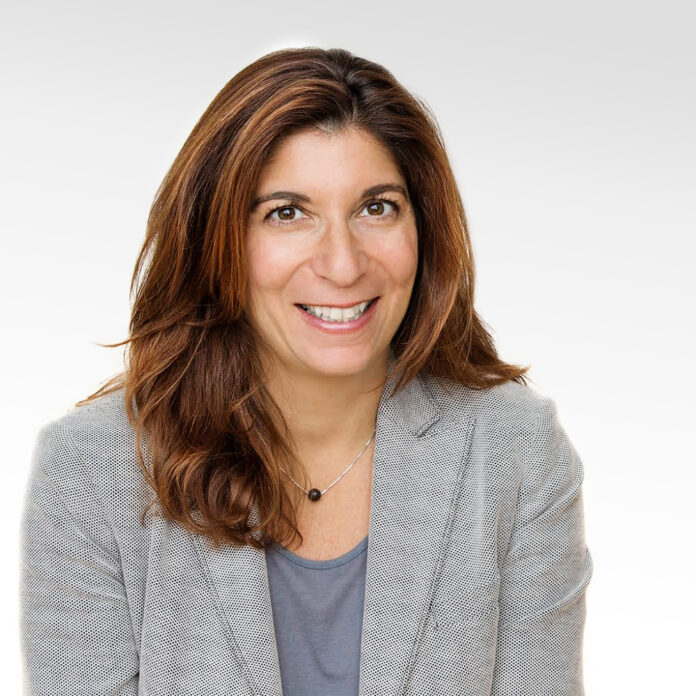( ENSPIRE Health & Wellness ) Wendy Bronfin Cognitive Health Company BRIGHT Fights Alzheimer’s and Cognitive Decline with New Products Like Beacon40
ENSPIRE Contributor: Keegan Kerns
Wendy Bronfin, along with BRIGHT Co-founders Veronica Price and Irina Tanenbaum, has dedicated much of her life to the fight against dementia and diseases like Alzheimer’s. To allow more and more people to prevent or at least delay the onset of diseases like Alzheimer’s, Ms. Wendy Bronfin has helped create an environment at BRIGHT, formerly known as HomeoLux, that brings together product developers, technologists, neurobiologists, and business professionals and enables them to create the best solutions to cognitive decline so that all people can live life to the fullest, regardless of age.
According to BRIGHT COO Irina Tanenbaum, “About ⅓ of all dementia is preventable, yet there are 5.8 million people in the U.S. currently living with Alzheimer’s disease…We aim to give people the tools and knowledge to decrease the chances of cognitive decline and increase the ability to live a long, healthy, engaged life.” It’s this dedication and understanding of dementia that has enabled BRIGHT to begin to address this widespread problem with the release of their Beacon40, a noninvasive simple lamp that flickers at 40hz to improve mental acuity memory, attention, and sleep.

ENSPIRE was able to talk to Ms. Wendy Bronfin about her work at BRIGHT, her goals and motivations, how she balances such important work with her personal life, and much more.
You’ve had a broad and successful career already, from working at Techstars, advising HealthTech and EdTech, among others, as well as several other endeavors regarding the future of wellness. How do you think all of these experiences helped prepare you for founding BRIGHT?
I spent the first 25 years of my career entirely focused on children under the age of five, and now I’m using that knowledge base to build products and platforms for people, 55-years-old and older.
Children are insightful; they tell you exactly how they feel about something, with no filters to dilute their thoughts. Many years ago, my job was to design and develop educational technology products for preschoolers. I worked at Sesame Street, and everything we were doing then was innovative, exciting, and important. Our culture was driven by deep research and informed by user testing. We didn’t have a name for it then, but what we were doing is now known as user-centered design.
If you’re not familiar with user-centered design, it is a method of crafting product experiences that considers age, gender, social status, education and background knowledge, physical abilities, and many other important factors that may vary for different projects. This knowledge about the target audience is gathered through various types of research. My favorite type of research with kids is user testing, or, as we called it, “kid testing.”
As I’ve moved from EdTech to SmartTech, to SilverTech, my audience has shifted from toddlers to entrepreneurs and now seniors. Yet, I’ve remained committed to connecting the dots between emerging technology, innovative design, and user needs all along.
Throughout my career, the other common thread has been my conviction that whatever I was doing was too important to fail. If kids didn’t learn to read, they’d never succeed. If entrepreneurs didn’t have a strong network, they’d never change the world. And if seasoned adults don’t take advantage of new technologies and build habits for brain health, we’ll never beat Alzheimer’s disease.
Alongside your impressive career, you’re raising a family and taking care of a loved one with cognitive decline. How have you managed to achieve this work-life balance, and what tips would you have for others seeking to be entrepreneurs under similar circumstances?
It’s important to know that you’re not alone. At BRIGHT, my co-founders and I all fall into the sandwich generation category. We’re entrepreneurs who are also mothers raising curious and adventurous children, and we’re daughters of aging parents who rely on us for different things. I am sure that not one of us would claim to have anything close to a reasonable work-life balance, but we do all have a network of close friends and family we can count on.
It’s unfortunate, but I know many entrepreneurs and peers who have parents battling cognitive decline. People with dementia have varying abilities and challenges. It isn’t effortless for our generation to transition from being our parents’ children into being their caregivers, especially if we’re not geographically in the same place. The first step is to build your network; identify the individuals in your family who have different strengths and share responsibilities. For example, if you have a sibling who is great at budgeting, allow them to start financial planning for your parents’ early retirement or long-term care if that is expected. If your parents need help with routine tasks like transportation, shopping, and cooking, reach out to local friends.
I also remind friends to use technology to help. Assistive technology includes devices or systems that help support and improve your parents’ daily routines and help keep you connected. For example, some apps remind users to take their medicine with routine alerts. Apple watches have great health features and can alert family members if the wearer has a fall; it also has location tracking if your parent wanders off. Consider what you need and what makes everyone most comfortable.
We all want our parents to be safe and independent for as long as possible. So it can be tricky to find the right balance between allowing them to be self-reliant and building dependencies so that you know that they are protected.
Finally, there’s one piece of advice that everyone tells caregivers and that every caregiver hates to hear, “Make sure that you take good care of yourself so that you can take better care of others.” As much as it makes us cringe, we know that it’s true. When you’re balancing entrepreneurship with parenting and caregiving, finding time for self-care can feel impossible. My advice is to block time every week to unplug completely. For some entrepreneurs, that means a morning surf; for others, it could be a mental escape into a movie theater. I have two habits that keep me somewhat balanced. First, I have a strict no-meeting Fridays rule. Of course, I work every Friday, but that’s my day for thinking, strategizing, and writing. It’s the only day that I have long blocks of time to do the work that demands hours of focus. Plus, it sets me up for my weekend for the other important habit — committing to activities with my family away from any screens and preferably outdoors. This time together rejuvenates me not as an entrepreneur but as a person in the world enjoying the outside along with the people I love.
One of BRIGHT’s main missions is to combat cognitive decline and the threat of Alzheimer’s disease. How do your own personal experiences with AD motivate your work at BRIGHT?
When you have a loved one with dementia, it feels like you’re running a race against time. I understand that families can feel lost and hopeless at different stages of the disease’s progression. That’s why the work we’re doing every day at BRIGHT is too important to fail. Whenever we feel like we’re facing an insurmountable obstacle, my only choice every time is to keep going.
I also trust science. I’m motivated by the recent research announced at the Alzheimer’s Association International Conference reporting that 40Hz light and sound therapy had remarkable positive effects on brain health. One study conducted testing on people with mild Alzheimer’s disease. Individuals were exposed to light and sound therapy for 1 hour daily. After three months, the test group’s brain scans revealed improved brain wave potency while signs of Alzheimer’s-related brain degeneration slowed. The test group also performed better on the face and name recognition tests.
The second study focused on mild to moderate Alzheimer’s disease patients with similar daily exposure to 40Hz light and sound therapy. This team determined that while brain degeneration linked to Alzheimer’s continued to progress within the test group, it did so 65% more slowly than similar stage patients with no 40Hz therapy.
I’m motivated to adopt these new technologies to help slow the progression of Alzheimer’s for my friends and family who are experiencing dementia and for myself and my peers who want to prevent it.
BRIGHT has recently come out with the Beacon40, a product designed to help prevent cognitive decline and to slow the progression of Alzheimer’s disease. Could you explain a bit in layman’s terms how the product works towards and achieves this goal?
BEACON40® lights pulsate at 40Hz–that’s 40 flashes per second, which is the most effective frequency to stimulate healthy gamma waves in the brain. Brain waves in this frequency are associated with working memory, attention, and coordination.
In the Alzheimer’s brain, an unusual buildup of a naturally occurring sticky plaque, called Amyloid, inhibits brain waves and disrupts function. Just as plaque can build upon our arteries, causing heart disease, and plaque can build upon our teeth, causing gum disease, the buildup of plaques in the brain are hallmarks of Alzheimer’s disease.
Luckily, our brains have the equivalent of their own janitors. These are cells called microglia. It’s their job to ride around on the brain’s gamma oscillation and clean up the sticky plaque. The more the amyloid plaque builds up in the brain, the more the brain’s natural rhythm slows down. The slower the rhythm, the less helpful the microglia can be, and a slow downward spiral begins.
40 Hz lights have been known to entrain the brain to mimic a healthy gamma oscillation boosting brain function. Therefore, I envision exposure to 40Hz light as part of everyone’s daily self-care routine. Because it’s a passive experience, it’s even easier to adopt than brushing your teeth.

You’ve spoken to your own goals of creating a lifestyle brand at the intersection of health, science, and technology; what exactly do you envision for that brand, and would it be part of BRIGHT?
Everything we do at BRIGHT aligns with our mission to beat Alzheimer’s disease. Alzheimer’s is a global health crisis and a personal disaster for so many families. In America today, there are 5.8 million people over the age of 65 living with AD, and that number is expected to double by the year 2040. It’s the 6th leading cause of death in this country, and there is no known cure. However, numerous studies have shown that 40% of dementia cases worldwide can be prevented or delayed by adopting certain wellness habits and lifestyle changes.
At BRIGHT, we want to offer easy-to-use, accessible technologies to help everyone reduce their risk of cognitive decline and prevent Alzheimer’s disease. Scientists have identified 12 lifestyle factors that play a role. Many are not surprising, like adopting a Mediterranean diet, exercising, engaging in social activities, and absolutely avoiding smoking. Combining these lifestyle habits with 40Hz light and sound therapy is, in my perspective, the right combination for a holistic approach to cognitive health.
Today at BRIGHT, we are hardware-led with Beacon40 light systems available and accessible immediately. In addition, we’re actively developing a digital lifestyle and wellness platform carefully designed for seniors to maintain wellness to prevent physical and cognitive decline. It’s a place for family members, friends, and caregivers to connect and share daily wellness routines, menus and schedules. We’re building the experience with researched-backed content, and we’re designing it to meet our own needs to connect and care for ourselves as well as our parents.
It often seems people focus more on physical health as it’s more easily visible. What do you think are some of the best ways to raise more awareness about the importance of cognitive health, and are there any simple exercises to help keep our cognitive health fitter?
It’s tough to separate cognitive and physical health. However, the more we learn about brain health, the more we understand its connection to our environment, genetics, and emotional health. There are multiple national events in the fall that provide opportunities to raise awareness for Alzheimer’s and reduce the stigma around it. Find your local Alzheimer’s awareness group, and both take advantage of their resources. Consider joining a Walk to End Alz or support a team that is walking.
As a New Yorker, one thing I’ve been excited to learn about is something called forest bathing. It comes from the Japanese practice shinrin-yoku. A serious practice of forest bathing has been found to reduce stress, strengthen the immune system, improve cardio and metabolic health and reduce fatigue. Most of us who love spending time outdoors can attest to feeling refreshed and revived after a day in nature. It makes me think of a quotation from Richard Powers in his book, The Overstory,
“This is not our world with trees in it. It’s a world of trees where humans have just arrived.”
If you live in a city like me, you don’t need to begin your forest bathing experience in deep, far-off woods; any natural area or park with trees will do just fine.
Whether you decide to increase your time outdoors, begin using 40Hz light therapy as a daily routine, or adjust your diet, it’s invaluable to begin including brain health habits into your daily wellness routines.
The incidence of Alzheimer’s disease is growing. Unfortunately, at this rate, all of us will either develop the disease or be a caregiver for someone who has it…UNLESS we start adopting preventative measures early and often.

Wendy Bronfin and BRIGHT’s dedication to eliminating such a widespread disease is admirable and especially touching, knowing the personal struggles Wendy Bronfin has gone through seeing a loved one struggle with AD. It is a terrible disease that could easily affect one of us or a loved one, so whether it’s getting more actively involved in the fight against dementia and Alzheimer’s or simply helping spread awareness, we can all learn from Ms. Wendy Bronfin and those at BRIGHT about the steps to deal with such a serious issue.
For more information, visit the BRIGHT’s website: BRIGHT | Next Generation Brain Health Technology (getmebright.com)
Another article that may interest you: Simone Biles Open Conversation With Mom On Mental Health – ENSPIRE Magazine







